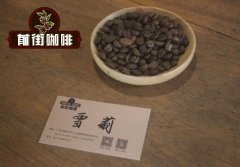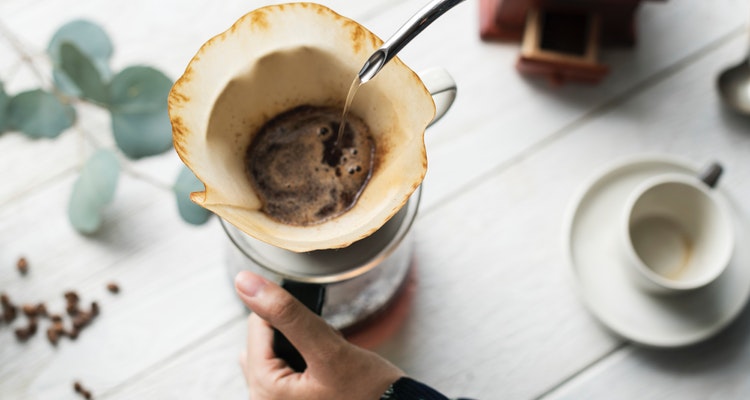What is the method of lactic acid fermentation? What are the characteristics of coffee treated by lactic acid fermentation?

Lactic acid fermentation treatment
Lactic acid fermentation (Lactic Fermentation) is a classic treatment of palm trees and big-billed bird estates. Lactic acid fermentation is an anaerobic method to obtain higher concentration of lactic acid bacteria in the process of coffee fermentation. Because the ideal flavor of coffee is "mellow", "high sweetness", "caramel", "wine acidity" and "silky taste", all of which depend on the concentration of lactic acid in the fermentation process. Palm trees and big-billed bird estates are fermented with mucus carbohydrates, a type of bacteria that produces lactic acid to get a more complex level of flavor.
Before you begin to remove the peel, put the cherries in an airtight jar. The sugar content, temperature and pH value were recorded. Ripe cherries have a high sugar content, and they provide plenty of food and fermentation for yeast and bacteria that naturally exist in the air and coffee cherries. One of the by-products of this fermentation is carbon dioxide. When the jar is sealed, it is slowly filled with carbon dioxide, draining the air. Under these anaerobic conditions (that is, no oxygen), the living bacteria produce lactic acid, hence the name. After lactic acid fermentation, LPET will ferment the cherry in a container for about 70 hours before removing the peel.
If you want to know whether the cherry has undergone lactic acid fermentation, the easiest way is to look at the beans after removing the peel and pulp. Everything went well, and because a little alcohol was produced during the fermentation, some of the colors in the pulp were transferred to the beans.
After drying, these raw coffee beans still need to be manually screened before they can be exported. In the final screening process, the ratio of raw coffee beans to coffee cherries was about 1:85, which means that LPET needs an average of 85 kilograms of coffee cherries to produce 10 kilograms of raw beans.
Important Notice :
前街咖啡 FrontStreet Coffee has moved to new addredd:
FrontStreet Coffee Address: 315,Donghua East Road,GuangZhou
Tel:020 38364473
- Prev

Characteristics of Honduran whisky sherry barrel in handling coffee beans skills of hand-flushing sherry coffee beans
Just entered a batch of Honduran Shirley, baked up to now is almost good, very much looking forward to starting to use different ways to cook, to see what surprise it will bring to the editor? | | Bean Information [Honduras Shirley] country: Honduras production area: Masaguara Manor: Mocha Manor: altitude: 1500 |
- Next

Hand-made Quick start Guide | is it really difficult to teach yourself how to make coffee by hand? How to teach yourself how to make coffee by hand
Professional coffee knowledge exchange more coffee bean information please pay attention to the coffee workshop (Wechat official account cafe_style) hand brewing (pour over), can be said to be the most basic and simple way of making fine coffee. There are no complex machines, just hot water, filter and coffee. A cup of fresh coffee can be brewed in just a few minutes. Hand brewing is also the best of fine coffee.
Related
- What is the meaning of lactic acid fermentation with coffee bean treatment?
- How to judge the state of foam by sound?
- How does the latte pull out the unicorn pattern? Come to get for a little trick to improve the flower pull!
- Will flower pulling affect the taste of the latte?
- Do you know the history of coffee?
- The difference between honey treatment and sun washing what is raisin honey treatment?
- What kind of milk can a novice use to make coffee foam to keep the foam longer? The correct method and skills of milking tutorial sharing
- Why do washed coffee beans taste sour? Flavor characteristics of washed Coffee
- Introduction to the skill of how to practice the size and height of water injection around the circle of hand-brewed coffee
- How do beginners practice coffee flower drawing from scratch?

